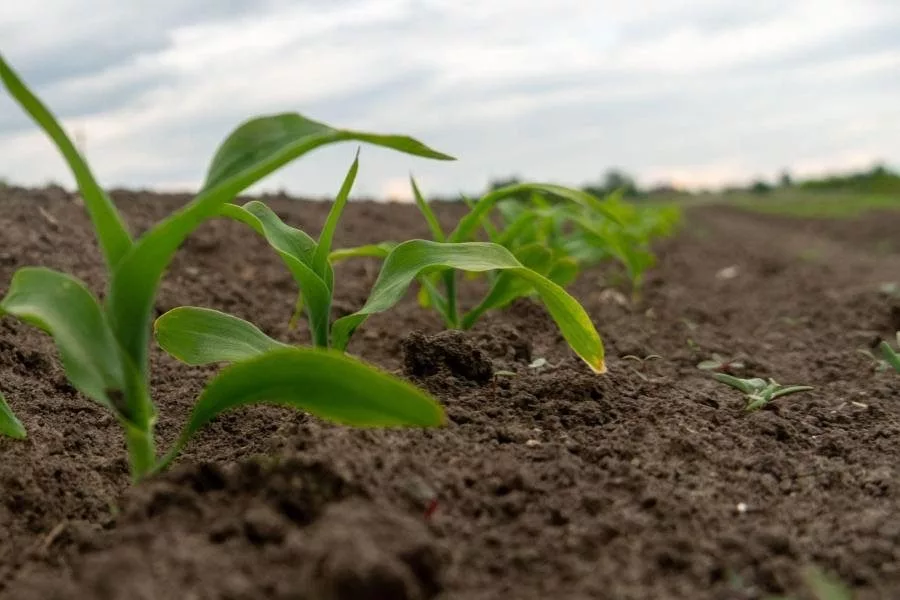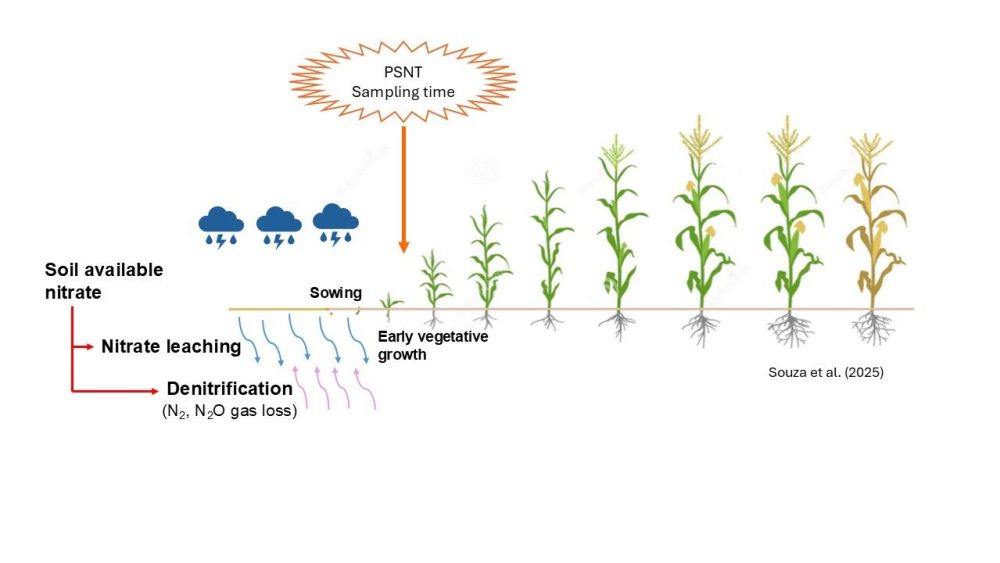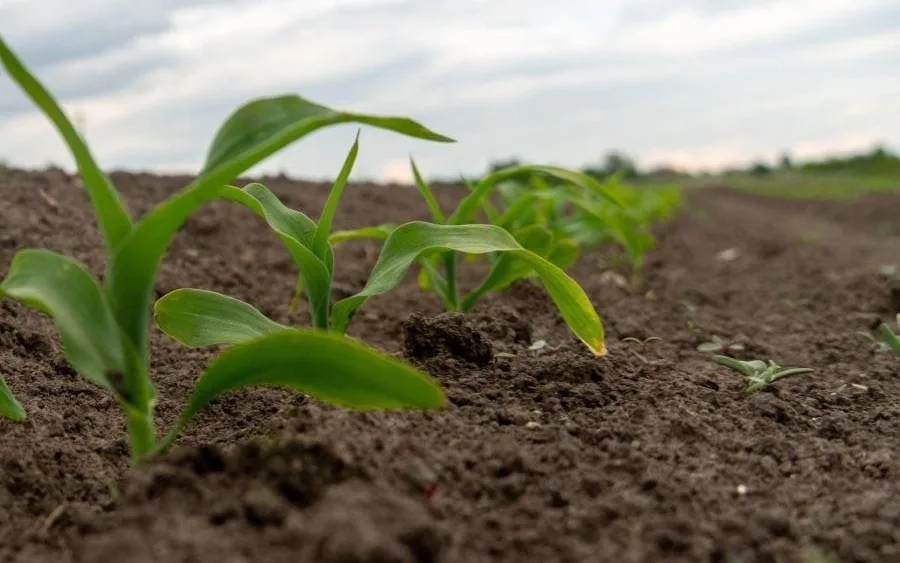
MINNEAPOLIS/ST. PAUL — Farmers often face tough decisions about how much nitrogen to apply to corn, especially when spring weather disrupts pre-plant fertilizer plans. It’s a critical decision: too little nitrogen can limit crop yield and reduce profits, while too much nitrogen reduces economic returns on the fertilizer and can lead to environmental degradation, without increasing yield.
New University of Minnesota research, recently published in the Soil Science Society of America Journal, significantly improves a tool that farmers can use to guide these decisions.
A well-known tool, called the Pre-Sidedress Nitrate Test (PSNT), uses soil nitrate status to help farmers determine whether their corn crop may need more nitrogen. By analyzing data from 34 field trials across Minnesota — representing a wide range of soils, weather, and cropping systems — the researchers updated the PSNT threshold.
They found:
- 20 parts per million of nitrate in the top 12 inches of soil, measured when corn has four to six fully expanded leaves, reliably delivers 97% of maximum yield.
- Spring precipitation influences PSNT values — the threshold was higher in dry years at 21.5 parts per million and lower in wet years at 17.4 parts per million.
- If PSNT is below 20 parts per million, about 12.3 lbs of nitrogen per acre is needed for every one part per million shortfall to reach the critical level.
- PSNT is especially useful when wet conditions compromise pre-plant nitrogen applications or when a substantial amount of residual nitrogen is suspected, offering a timely check on nitrogen availability.
“Nitrogen decisions are always a moving target, especially when spring weather doesn’t cooperate. The PSNT gives farmers a way to read the field’s nitrogen status in real time, rather than guessing, and allows us to adjust quickly when the soil is coming up short,” said lead author Emerson Souza, a researcher in the College of Food, Agricultural and Natural Resource Sciences.
The researchers recommend using 20 parts per million nitrate as a statewide critical threshold, with the understanding that early-season precipitation can influence soil nitrate availability and crop nitrogen demand.
While the current estimate reflects average conditions across Minnesota, further research is needed to refine this guidance for actual sidedress applications, particularly under variable climate and soil conditions.
The project was initially conceptualized by Fabian Fernández, an Extension soil scientist and a professor in the College of Food, Agricultural and Natural Resource Sciences. The work became a collaborative effort led by the University of Minnesota in partnership with the Minnesota Department of Agriculture, with funding from the Clean Water, Land and Legacy Amendment Fund.
“This project highlights the value of collaborative work, goodwill, trust and data sharing to accomplish a common objective,” said Fernández.
All the data used in this project was collected previously. Many researchers across the University of Minnesota, University of Minnesota Extension, the University’s Research and Outreach Centers, and USDA-ARS collaborated.





